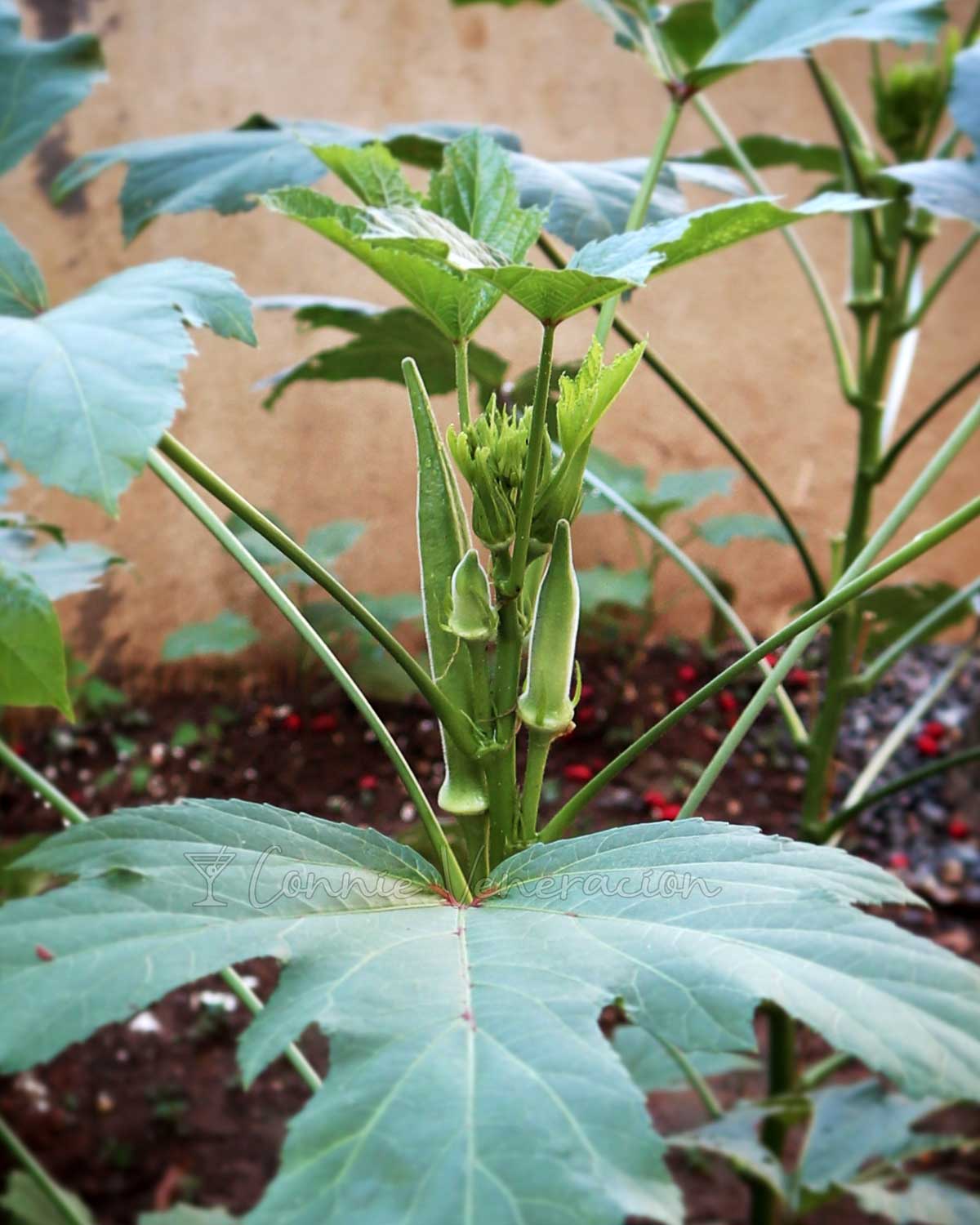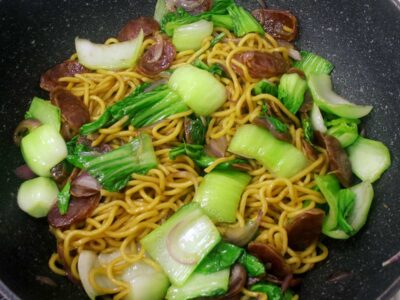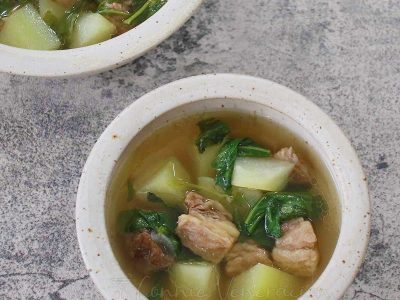Most people find the sliminess of okra unpleasant. But did you know there is a way to enjoy okra with very little of the slime — so little that it’s negligible? It’s so simple. I wish I had known about it much earlier.
No one in my family was an okra eater until a few years ago. But we learned to appreciate this notoriously slimy vegetable that some people callladies’ fingersand it has become a semi-regular part of our vegetable shopping list.
In fact, we have come to like okra so much that when we started replanting the garden earlier this year, okra was one of the new seedlings that found a home there.
Growing okra in a home garden
Okra can be grown from seeds although ours were transplants of seedlings that were given by a neighbor. The seedlings were planted directly in the soil (it’s ok to grow okra in pots), a feet and a half apart. Okra likes warm weather, lots of sun and not too much watering.
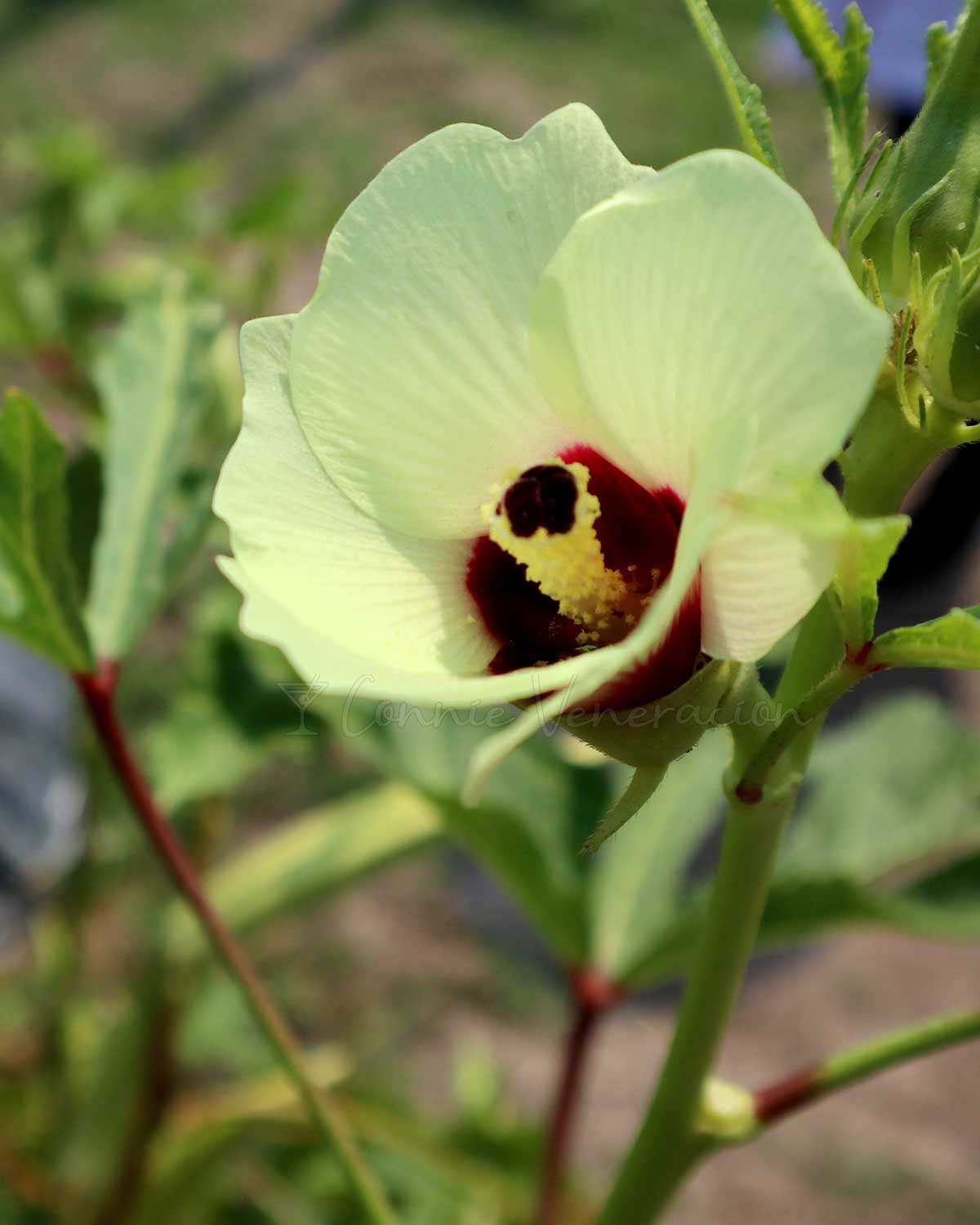
When flowers start to appear, you’ll know that harvest time is not too far off. The flowers will dry out and be replaced by pods which initially appear as small bumps. Do not disturb those bumps to allow them to grow into full-sized pods.
Once mature, okra can bear pods all-year ’round in any region with temperate climate and frost-free winters. How long does it take to harvest okra? Ours took less than two months. It will be a bit longer if you grow okra from seeds.
Okra pods are tender while young
The best time to harvest pods is while they are young and the length is no longer than your index finger. That’s the stage when the fibers in are still tender. As the okra matures, those fibers toughen and thicken.
Okra leaves and flowers are edible too
This was something I learned very recently. We harvest okra weekly and while waiting for the next harvest, I wondered about the leaves. There were so many of them and insects had obviously been feasting on the larger ones growing nearer the ground.
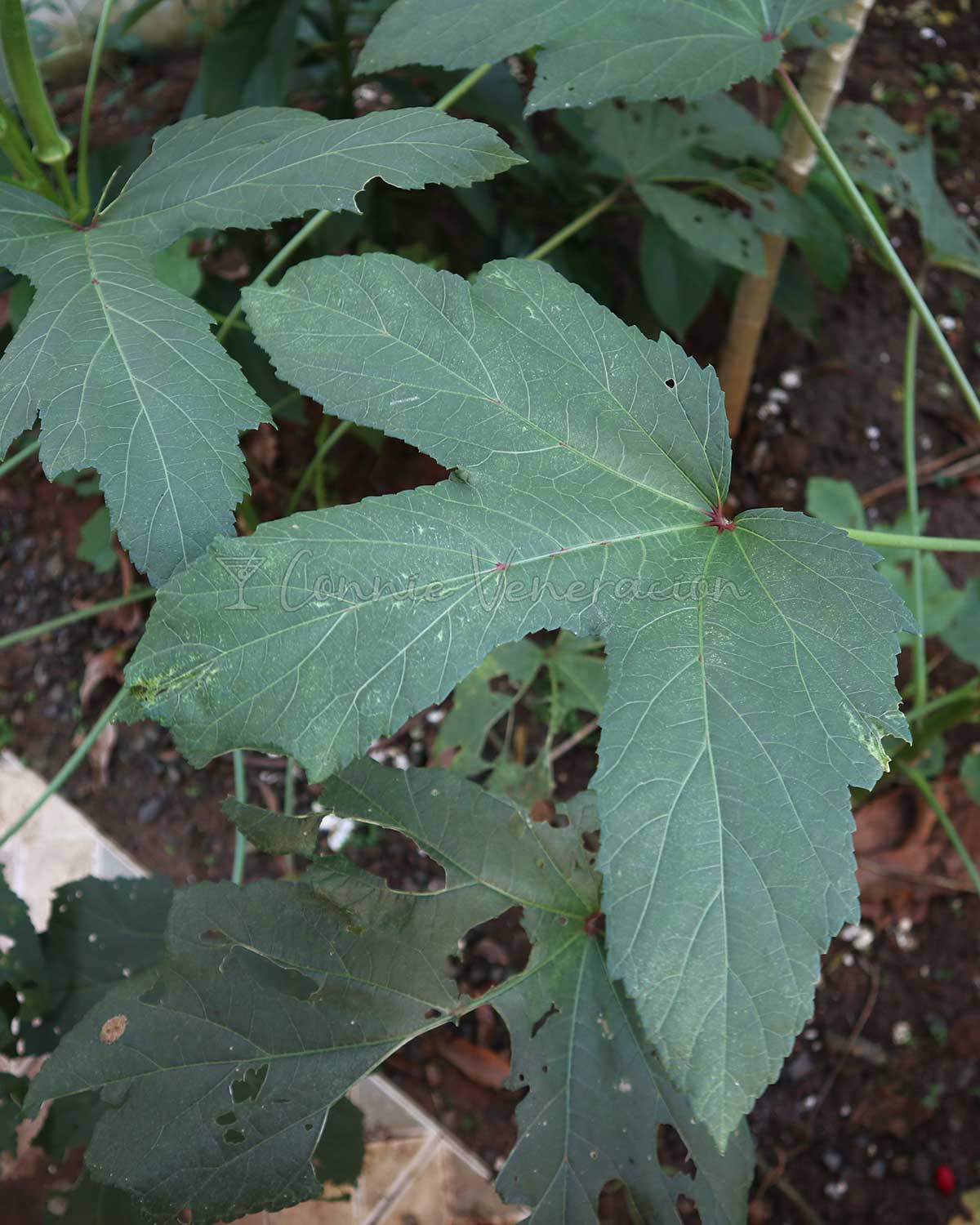
I did a quick research and, to my surprise, I learned that okra leaves are cooked as food in Africa and thePacific. In Nigeria, okra leaves are an ingredient ofilasa soup— a dish eaten by women who want to give birth to twins!
I was excitedly sharing my discovery on Instagram and Facebook when a college friend commented that in Union City, CA where he now lives with his family, they are able to buy okra leaves and flowers at the farmer’s market. And that was how I learned that okra flowers are edible too. His reminder though: don’t pluck too many flowers because they are they ones that grow into pods.
Buying okra pods
If you’re not growing okra but like to integrate it into family meals, buy young okra. Okra is one vegetable where the rule “the bigger, the better” just does NOT apply. On the contrary.
One caveat though. There are many varieties of okra and some stay small even when fully mature. Always check the skin. The thicker it feels, the older the okra is.
Getting rid of okra slime
Well, you can’t get rid of it totally. But you can minimize it so that it’s barely noticeable. The trick is in the speed in which the okra cooks. The shorter the cooking time, the less the slime. Add okra to stew that takes a few hours to cook, and the okra’s slime will be all over the stew. The good news? Okra thickens stews very effectively.
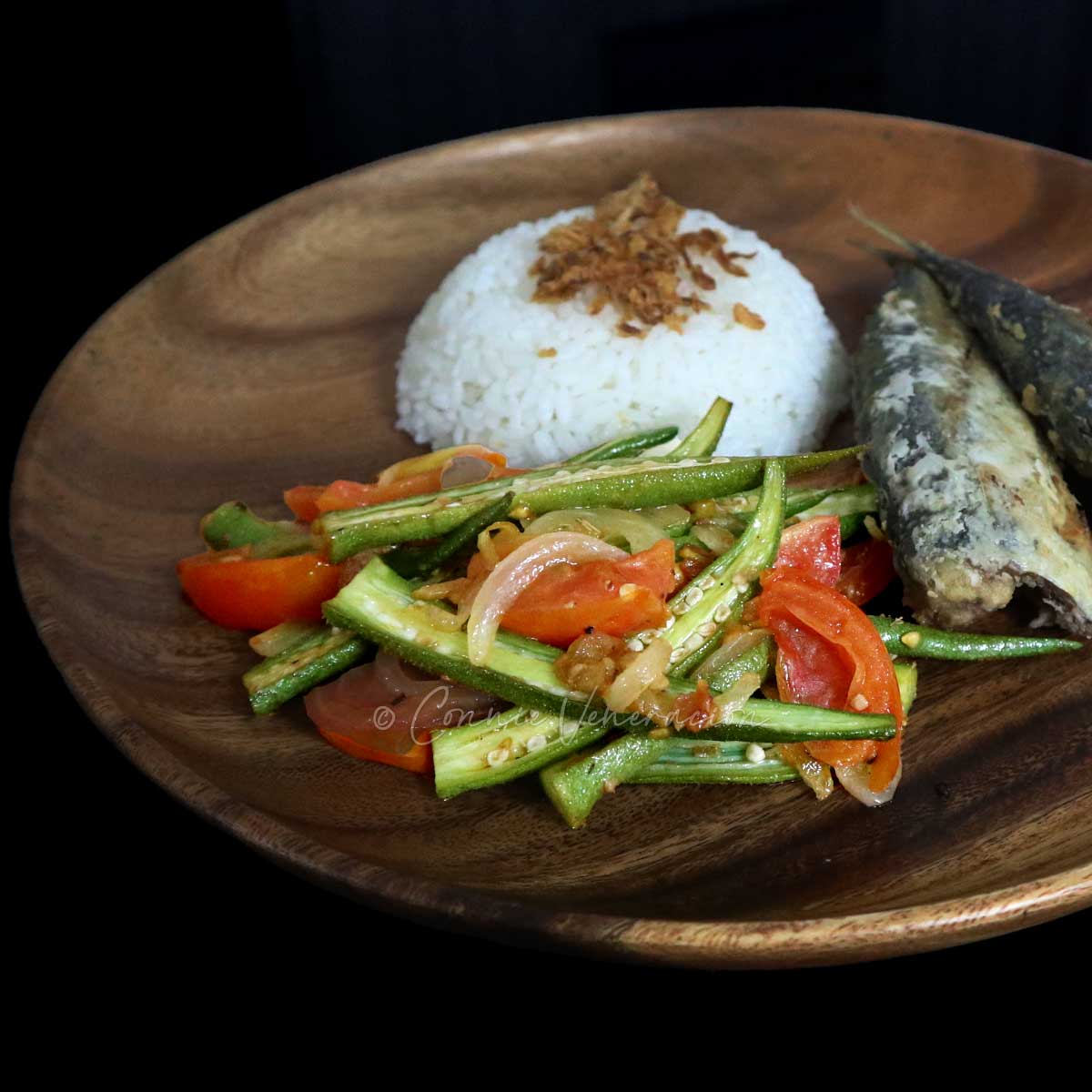
Since what we want is to get as little of the sliminess as is humanly possible, the cooking time of the okra has to be short. And that makes the age of the okra doubly significant. The younger the okra, the less time it needs to cook.
What cooking methods are suitable for okra?
High cooking temperature + short cooking time = least slimy okra.
Deep frying. Stir frying. Grilling. In fact, any cooking method that involves intense heat. We’ve been observing those two okra commandments — young okra only AND short cooking time — and we haven’t been disappointed yet.
Cheese-stuffed and bacon-wrapped okra
Young and tender okra are slit, stuffed with cheese, wrapped with bacon then fried slowly. The bacon browns and the okra absorbs the flavorful fat as the cheese inside melts slowly.

